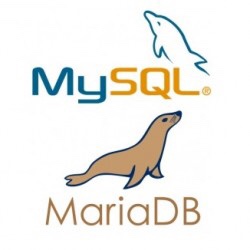When setting up systems, configuring applications and making changes I prefer to script things rather than follow instructions. Main drawback of scripting is that it takes more time but has (in my view) a number of advantages
- Scripting makes things reproducible
- Allows for checking and validation
- (when needed) can produce change logs
- It can be reused when the same change has
However, frequently these scripts contain sensitive information (e.g. passwords) and must be transferred to someone (or another system) so they should not be stored in clear text. This post explains how to encrypt shell scripts using openssl for cross-platform use.







